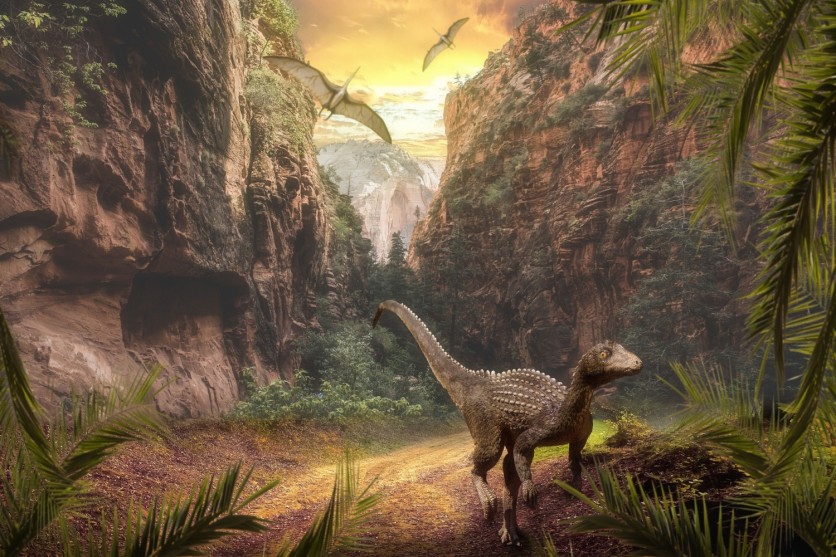In an age when dinosaurs ruled the Earth, a dramatic event reshaped the course of history. Their reign, spanning millions of years, came to an abrupt end, leaving behind a mystery that has captivated scientists for centuries.
Now, a groundbreaking discovery unveils a hidden chapter in this ancient tale, providing a new clue to the enigma of their extinction, Scimex reported.

Dust to Dust for Dinosaurs
Initial evidence suggests an asteroid impact was the main culprit in the death of dinosaurs. Around 66 million years ago, Earth witnessed a cataclysmic event when a colossal 10-15km asteroid struck Mexico's Yucatán Peninsula, known as the Chicxulub impact.
This event is believed to have initiated a global winter, culminating in a mass extinction event responsible for the demise of approximately 75% of Earth's species, including the non-avian dinosaurs. But the precise mechanism behind this catastrophe has been shrouded in uncertainty.
Scientists have undertaken extensive modeling to understand the repercussions of the impact-generated silicate dust, sulfur emissions, and soot from ensuing wildfires.
Their findings indicate that fine dust particles could have lingered in the atmosphere for up to 15 years, contributing to a substantial cooling of Earth's surface by as much as 15°C.
This fine silicate dust, resulting from the pulverization of rock during the Chicxulub impact, likely played a pivotal role in the global climate shift and the disruption of photosynthesis that ensued.
While the Chicxulub impact has long been associated with the initiation of a global winter 66 million years ago, leading to the demise of dinosaurs and a significant portion of Earth's species, the specific influence of various debris types ejected from the crater remains a subject of debate.
Previous theories primarily emphasized the impact of the sulfur release and post-impact wildfires' soot on the onset of an impact winter. The contribution of silicate dust particles to this climatic upheaval has not been extensively considered until now.
The Role of Dust in the Dinosaur Era
To assess the impact of sulfur, soot, and silicate dust on the post-impact climate, a team led by Cem Berk Senel conducted palaeoclimate simulations based on an analysis of fine-grained material found in a well-preserved impact deposit in North Dakota, USA.
Their investigation unveiled a more substantial influence of fine dust due to the size distribution of silicate debris, measuring approximately 0.8-8.0 micrometers.
Incorporating this size distribution into a climate model, they approximated that fine dust could have lingered in the atmosphere for 15 years after the impact, drastically cooling the planet for up to 15°C and blocking the sunlight.
Furthermore, the authors asserted that modifications in solar radiation, brought about by the dust, may have put a stop to photosynthesis for almost two years after the event.
Given these revelations, it is now proposed that silicate dust, in tandem with soot and sulfur, probably impeded photosynthesis and upheld a prolonged impact winter. This duration would have been adequate to initiate a disastrous decline in primary productivity, ultimately setting off a chain reaction of extinctions.
This study holds significance to the demise of dinosaurs, which lies in its identification of a critical factor that contributed to the mass extinction event. Specifically, it emphasizes the significant role of fine silicate dust in the aftermath of the Chicxulub impact.
The findings of the team were published in the journal Nature.
Related Article : AI Shows that This Dinosaur May Have Been a Friendly Herbivore

ⓒ 2025 TECHTIMES.com All rights reserved. Do not reproduce without permission.




